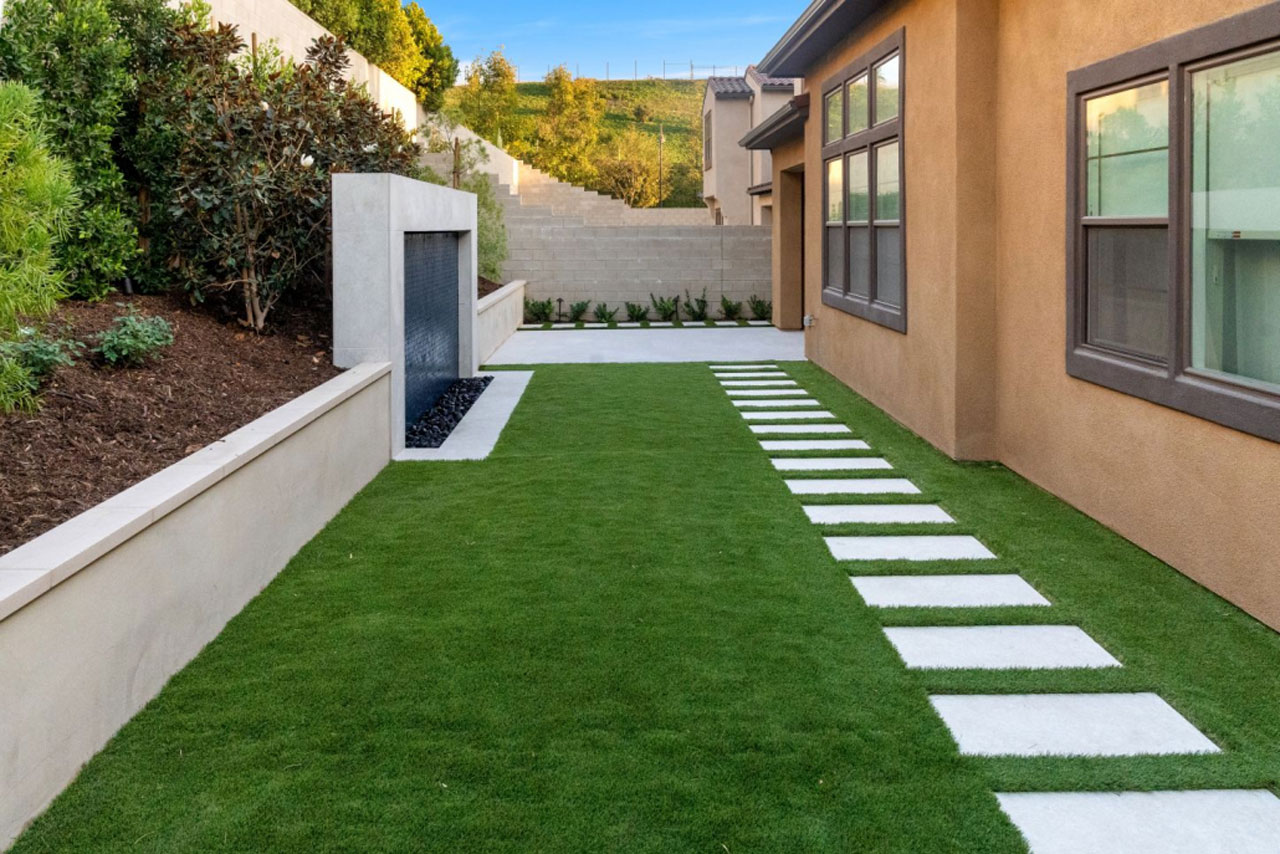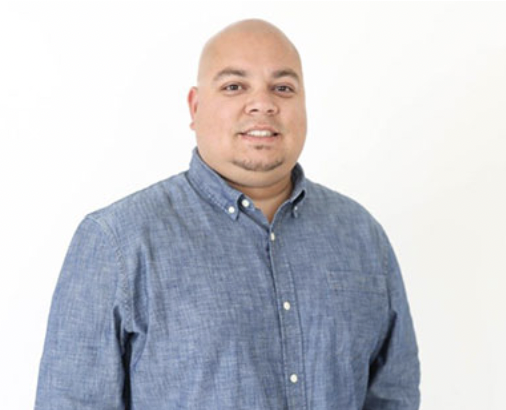
Getting help from a trusted landscape remodeling company is essential in ensuring your artificial turf installation would go smoothly and seamlessly.
Artificial turf, or artificial grass, is a popular eco-friendly alternative to natural lawns. It's durable, easy to maintain, and won't die on you after you've sweated blood to make it lush and green.
While it's recommended that you hire a professional to install artificial turf, it is possible to do it yourself.
Familiarize yourself with some concepts that are essential to lay artificial grass perfectly before you begin the installation.
Drainage, for instance, is essential to synthetic grass maintenance. This should be prepared at the beginning of the installation process. Without it, water will puddle and start to grow algae and attract insects.
Moreover, proper drainage for synthetic grass is even more important if you have pets.
You get the best artificial turf drainage when using compacted aggregate base material. Compact the material to levelA level is a tool used to determine whether a surface is horizontal (level) or vertical (plumb). It ... the base for the artificial grass, otherwise, you can get bumps and low spots.
Choose the right material and get artificial grass for any purpose, as each type is different from the others.
For example, your child's play area at home needs soft grass blades. A school playground, on the other hand, needs strong ones to withstand heavy traffic.
Understand what infill is and why it's important to maintain the quality of your artificial grass.
Infill keeps synthetic turf looking realistic, healthy, and lush, rather than tired and trampled. It improves stability and can also aid drainage. It can be made from cork, silica sandSand is a fine, granular material composed of finely divided rock and mineral particles. It is a fun..., and thermoplastics that have antimicrobial properties and should be spread on the top of the lawn.
Prepare the ground properly. If you're installing the turf over the existing lawn, it must be completely dead.
You can use grass and weed killer, or you can spread a black cover over the lawn and leave it for a few weeks. The heat from the sun bakes into the earth and kills the grass and weeds.
A more labor-intensive option is to remove the layer of topsoilTopsoil is the uppermost layer of soil, rich in organic matter and nutrients, making it ideal for ga.... You need to cut off around six to eight inches to ensure you get all of the grass, weeds, and seeds. If you don't have six inches to play with, three to four inches will suffice.
You'll end up with a lot of soil, so you must have a plan to remove it. If you're laying turf over concreteConcrete is a composite material made from a mixture of cement, sand, gravel, and water. It is one o..., you need to thoroughly clean the surface before you put down a layer of shock-absorbing, quick-draining material.
The layer must be flat before you put the turf. It makes the surface more comfortable to walk on and provides cushioning in case of falls. The padded layer's draining capabilities are essential because the concrete base can't cope with heavy-duty drainage.
Use the right tools and materials for the job, these may include:
Keep up regular maintenance to ensure your synthetic grass look natural.
You can include a turf neutralizer in your weekly maintenance schedule if you have pets.
Remove unused sprinklers from the location where you'll install your new lawn. When you're laying artificial turf on existing grass, you must compact the surface to ensure the base is level. You can use a plate compactor, but stamping the ground flat also works.
You need to layer the base to improve drainage and increase stability. Spread stone, decomposed graniteDecomposed granite, often abbreviated as DG, is a type of weathered granite rock that has broken dow..., or gravel evenly on the surface and top it with sharp sand. Use your garden hoseA garden hose is a flexible tube used to convey water from a faucet to various areas of a landscape,... to wet the area to aid compaction.
Use a weed barrier to prevent lingering weeds from springing up. When you cut turf pieces, always cut them a bit longer than you need. You can trim the turf edges later.
Don't over hammer the pins or nails you use to secure the edges. This will create depressions in your yard.
Brush or gently rake the turf after you've finished with the installation. This evens out the infill and makes it look like you've had a professional installation. Remember to brush all the turf in the same direction, otherwise, the blades will stand up in different directions.
In the event of accidental damage, remove the damaged piece of turf and replace it with a matching piece. Don't forget to follow the same process as when you first lay the turf.
Your outside space can stand out significantly with the help of a beautiful landscape plant design.
With us on the job, you can relax knowing that you'll have access to artificial turfs that are aesthetically pleasing and well-maintained, enhancing the curb appeal of your home while also enhancing your general health and quality of life.
If you'd rather avoid DIY turf installation, our experts in landscape remodeling can get the job done for you seamlessly. Contact us at 714-519-5009 at West Hills Masonry today!
 Carlos Gonzales
Carlos GonzalesLocations We Serve
Schedule A Consultation